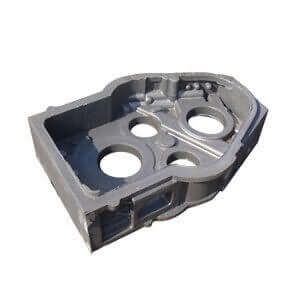The four most common materials that are used in sand casting

Aluminum alloys

Brass alloys

Cast iron

Cast steel
We support 3 kinds of sand casting techniques
Green Sand Casting
The green sand is basically a wet mixture of sand and clay, no chemical is added. The sand mold is squeezed together and holds its shape. The choice of sand has a lot to do with the temperature at which the metal is poured. At the temperatures that copper and iron are poured, the clay gets inactivated by the heat, which is a non-expanding clay. So instead, those that pour iron typically work with silica sand that is inexpensive compared to the other sands.
Resin-bond Sand Casting
Resin binders are natural or synthetic high melting point gums. There are also cold-set resins, which use a catalyst instead of a heat to cure the binder. Resin binders are quite popular because different properties can be achieved by mixing with various additives. Other advantages include good collapsibility, low gassing, and they leave a good surface finish on the casting.
Shell Mold Casting
Shell mold casting process offers better surface finish, better dimensional tolerances, and higher throughput due to reduced cycle times. The materials that can be used with this process are cast irons, and aluminum and copper alloys. The shell molding process produces cost savings solutions for difficult shapes, pressure vessels, weight sensitive parts, and castings requiring superior surface finishes.
The Process of Sand Casting

Advantages of sand Casting (Sand Molded Casting)

Can produce very large parts

Can form complex shapes

Many material options









